|
The response of Master Hung HinCheong to our post Leaning Star Oral Secret, he wrote, “You're right. That ring's pedigree is suspect. Some Flying Stars schools don't use Replacement Stars at all, and I think that's the smart thing to do.”, caused us to think further. We dug up some of Hung’s writing – Water, Water Everywhere and there is a nugget or two for us to share here… CENTRAL AND MARGINAL FACING 正表向Hung wrote… In many FengShui texts, classical and modern, a given facing is differentiated into "Central 正向" or "Marginal 表向", and each is treated differently. In modern mathematical language, a facing is described as "Central" if it lies within a band of -±4.5° from the center-line of a Mountain on the LuoPan. For example, the center-line of Zi (子) is 0°. Hence any facing between 355.5° and 4.5° is said to be facing "Central" Zi (正子向). Another example: Gui (癸) is centered on 15°; any facing between 10.5° and 19.5° is described as facing "Central" Gui (正癸向). The total bandwidth of a "Central" facing is therefore 9°. Any facing outside that band is deemed to be a "Marginal" facing. To be more precise: Zi (子) is centered on 0°, and Gui (癸) is centered on 15°. Any facing in between 4.5° and 10.5° is called "Marginal" between Zi and Gui (子兼癸,癸兼子). The total bandwidth of a "Marginal" facing is 6°. That of course is the modern definition, making use of the 360° compass ring at the periphery of the LuoPan disc. However, this ring was a relatively recent addition to the LuoPan. Before that, the definition of "Marginal" relied on the "240 Dragons Gold Divisions (二百四+龍分金)", and the term "3-7 Gold Divisions (三七分金)" was often quoted. Some readers may have come across this term in their general reading. As a matter of fact, the 6° bandwidth for "Marginal" was set conservatively. It allowed a generous margin for error, mindful that the LuoPan needle and markings were not very accurate in the old days. My own view is that we need not be so uptight about the prescribed margins. The underlying idea is to get away from the boundary line between 2 Mountains, and our modern LuoPan enables us to do that with greater confidence. ASSISTANT STAR WATER METHOD 後天水法Hung wrote... For a variety of reasons, a facing may have to be set within the "Marginal" band. In that event, it is necessary to be aware that the "Marginal" band is usable for certain Mountains, but not for others. In a nutshell, the "Marginal" band between 2 adjacent Mountains of the same polarity is usable, whereas the band is out of bounds if the 2 adjacent Mountains are of opposite polarities. However, there are 2 exceptions to the rule: Xun (巽) and Si (巳) are both Yin Mountains, but the "Marginal" band between them is out of bounds. The reasoning is a little convoluted: Si (巳) is part of the NaJia family of the Trigram Dui (兌), and You (西) is another member of the same family. Now You (西) and Xun (巽) are incompatible by the "8 Killing Forces" formula. Si (巳) is implicated by virtue of its family connection with You (西). Hence a facing in between Xun (巽) and Si (巳) is deemed too risky; The same argument applies to the band between the adjacent Mountains You (西) and Xin(辛). In this case, Xin(辛)is the adopted child of Xun (巽), and hence the "Marginal" band between You (西) and Xin(辛)also becomes inadmissible. This discussion on admissibility of "Marginal" bands takes on a new dimension when it comes to measuring Qi mouth locations to determine the incoming and outgoing waters. Whereas a facing is an axis that can be set precisely, a Qi mouth is something 3 over which we have very little control. It is fairly common to encounter a Qi mouth wide enough to straddle over 2 adjacent Mountains. There is no issue if the 2 Mountains are of the same polarity, but what if they are not? Going strictly by the book, such water flows are deemed negative. The jargon term is "Yin and Yang confused (陰陽差錯)'. But such a narrow interpretation is unduly restrictive in practice. I tend to take a more liberal approach. If the major part of the qi mouth, say 70% or more, falls under One Mountain, I would consider it a single Mountain reading, comparable to a "Central" facing. Only if the qi mouth sits smack in between 2 adjacent Mountains, with a 50-50 or 60-40 split between yin and yang, would I reject it as unsuitable. 240 DRAGONS GOLD DIVISION 二百四+龍分金Hung wrote… In a typical SanHe LuoPan, there are the 72-Dragons ring (also called a plate), one or more 60-Dragons rings; and one or two 120-Dragons rings. There is one other ring in this genre that is omitted on LuoPan other than out-sized ones (12-inch and above). This is the 240-Dragons ring, also called "240-Dragons Gold Divisions (二百四+龍分金). As the name suggests, the ring is sub-divided into 240 fine divisions, with 10 divisions under each of the 24 Mountains. This ring is used to assess the intensity of qi received from a particular Mountain for any given facing. A Mountain's Qi is strongest at its center-line, gradually reducing to zero at the center-line of the adjacent Mountain on either side. At the boundary between 2 Mountains, the qi split is 50-50. If a given facing receives 70% or more of the qi from one Mountain, it is called a "Central facing (正向)". If the facing receives less than 70% qi from one Mountain (say, a 60-40 or 50-50 split between 2 adjacent Mountains), it is called a "Marginal facing (表向)”. Today, the demarcation between "Central" and "Marginal" can be defined using the 360° compass ring at the periphery of the modern LuoPan, but this ring was a relatively recent addition; it was not available in the older LuoPan. So do we still have to bother with the 240-Dragons when we have the modern 360° ring? That depends: no need if we just want to use the LuoPan without bothering with the underlying theory; yes if we want to broaden our FengShui knowledge. If one reads old texts or spends time surfing the FengShui websites, then familiarity with the "240-Dragons Gold Divisions" will provide a deeper insight into various discussions. To analyze the 240-Dragons ring, let us straighten out 2 arc segments, each segment spanning 30°. The first segment is centered on Zi (子) with Ren(壬) at one end and Gui (癸) at the 4 others. The second segment is centered on Gui (癸) with Zi (子) at one end and Chou (丑) at the other. The segments overlap, and the fine divisions are graded with a numerical value rising from 0 to 10 and then falling back to 0. The dashed lines 7-3 and 3-7 demarcate between "Central" and "Marginal" facings. The region between those 2 lines, marked by a hatched box, represents the "Marginal" band between Zi (子) and Gui (癸) Mountains. There are similar "Marginal" bands between Ren(壬) and Zi (子); and between Gui (癸) and Chou (丑). The scale in maroon at the bottom denotes the modern 360° compass, whereby the center of Zi (子) Mountain corresponds to 0° Magnetic North. The "Marginal" band between Zi (子) and Gui (癸) would correspond with 7.5±3° on this scale. One often sees the term "3-7 Gold Divisions also called "Plus Minus 3-7 (三七分金)", in FengShui books and websites. It really means nothing more the demarcations described above. Some people like to use complicated language to describe simple ideas. Sometimes the term "2-8 Gold Divisions (二八分金)" or "Plus Minus 2-8 (二八加減)" also appears, often in the same breath as "3-7". When one compares the Earth Plate with the Heaven Plate, it will be seen that "3-7" on the Earth Plate is in fact the same line as "2-8" on the Heaven Plate, and vice versa. They are really one and the same thing. According to Master Li Ding Xin (李定信), who was until recently the reigning Doyen of Yang Gong FengShui [He passed away in 2012, age 90], many FengShui writers, historical and modern, are confused and use the terms haphazardly. So the next time someone comes along brandishing jargon terms like "Plus Minus 3-7" and "Plus Minus 2-8", just ask him about the "240-Dragons". LEANING STAR REPLACEMENT STAR 飞星替星This marginal degree of 3° at each extreme side closer to the boundary of the two mountains that made up the 6° are considered by some SanYuan FeiXing as Replacement Star band. Any star that reside thereafter must be replaced by the set of new stars as represented in the Replacement Star Ring. Some school of XuanKong Purple White do not subscribe to this principle. Some school also do not agree with the version of the Replacement Star Ring used, currently at 28 varieties. This Replacement Star Ring is interesting. In total you will get the following sequence from the opposite mountains combined: -
The question is could this Ring tells you something beyond just the greatly misunderstood Kun Ren Yi? HOW TO APPLY?For example, House sitting Gui 23 degree, facing Ding, Period 8. By conventional Natal chart, you will get as in A. However, because 23 degree sitting very close to Chou, a Replacement Star may be necessary. Based on the Replacement Star Ring, Sitting Gui replacement shall be 1 replacing 4. Facing Ding replacement shall be 9 replacing 3. The new Replacement Natal chart shall look like B. CONCLUSIONContemplate this, quote from BengKung's wisdom saying, "The four formations, Water, Fire, Metal and Wood are further differentiated into Yin and Yang formations. Clockwise which is Yang, the direction is from Zi to Chou to Xu to Hai. Anti-clockwise which is Yin, the direction is from Wu to Si to Shen to Wei. Altogether there are 8 formations. 4 Yang and 4 Yin formations. Master Yang always stressed on the basic principle of Yin and Yang. YinYang is formless whereas CiXiong refers to Yin Yang with form. Interaction of CiXiong refers to the interaction between mountain and water. Xuan Kong refers to the Qi whether Sheng Qi (thriving) or Si Qi (Dead). The auspicious or inauspicious Qi from the In-Coming mountain or Out-Going water are related and are based on the 12 Qi phase. Whether it is male/Yang or female/Yin, it is derived from within the Gua. This is referring to the Yin and Yang of the 24 mountains. This is only given to inner disciples."
Therefore, if you believe that the YinYang Earth Plate of the SanHe LuoPan Ring, as assigned by virtue of Early Heaven and NaJia is correct, you better think twice! The YinYang Earth Plate of the SanHe LuoPan Ring, as assigned by virtue of Early Heaven and NaJia is mainly used for RuDiYan's Assistant Star Water Method. "The concept of mountain (in-coming Qi) and water (out-going Qi) which is fundamental and must be understood clearly. Whether it is auspicious or inauspicious are all due to the mountain and water location in relation to the concept of the 12 Qi phase. The mountain here refers to In-Coming and water refers to Out-Going. A concept misinterpreted as actual mountain and actual water." Do you know why the why the Five Ghost Carry Treasure aka Assistant Star Water Method cannot work? Placing "mountains" on LianZhen position? "To understand this methodology, it is all within the concept of the 5 elements. This concept refers to NaYin 5 elements which is established by the 72 dragons. It is not referring to NaJia which is a different concept. The five elements are allocated in the four directions with Wood in the East, Metal in the West, Water in the North and Fire in the South. It is also allocated in the 24 mountains. The concept of turning upside down 倒倒颠 refers to the 72 dragons, where there are five elements within each of the 24 mountains. With the concept of turning upside down, there are treasures within each of the 24 mountains. There are always three elements within the 24 mountains which is usable to match the in-coming Qi and water-mouth which is the out-going Qi. Forward and backward refers to the understanding of establishing the Yin or Yang formation. Without using the correct formation there is the likelihood of meeting with fire pits. Recognize the golden dragon is to establish the formation. Metal, Wood, Fire or Water. The location and the position in relation to the water mouth and the in-coming dragons are all different. (Endless possibilities) Moving or still refers to whether there is any Qi, whether it is strong Qi or weak Qi, whether it is auspicious or inauspicious Qi. Requires the teaching from a sage." In fact, there are plenty of clues that RuDiYan may be a bridge between SanHe and SanYuan. Replacement Star and its corresponding central and marginal reading may not be that wrong after all, if we were to take the actual reasons of 3/7 and 2/8 as the measurement of Qi intensity accordingly and not for the account of inaccurate LuoPan readings. As for the validity of the Replacement Star Ring, it has been grossly misunderstood as part of Kun Ren Yi by Jiang DaHung. He distorted and explained these verses using XuanKong DaGua thus introducing the idea of combination to 10. Coupled with the variants from the SanHe proponent, you now have the 28 confusing versions.
0 Comments
Unlike its counterpart SanHe, SanYuan leaning star means Yang - Lean Forward and Yin - Lean Backward. Leaning forward also means that the star in this case LoShu take the forward flight path and Leaning backward means the LoShu take a reverse flight path. This is how the SanYuan school intepreted the use of YinYang of the 24 mountain "Human" Plate of the SanYuan LuoPan. Therefore, they are also termed, Yin YangYang and Yang YinYin in arithmetical connotation such as +--, -++. Such is also magnified by Jiang DaHung when he commented in DiLi BianZhen as the followings: -
One question, is this a TRUE SANYUAN?OLD FOX'S TALE...We posted in our FB page, detail HERE and we found that not many people knows about SanYuan... Therefore, This is the FIRST TIME the secret of the HEAVEN YUAN PLATE has been disclosed to the public within the English Speaking community. Never has this secret been revealed! In time to come, if any of the teacher teaching this piece of information and they are not coming from our establishment, you know well that the knowledge that they acquired are secondary and less authentic. Truly, there are too many rubbish floating around in disguise as genuine FengShui courses. Buyers beware! One OldFox has this to say, “To answer your question posted at the beginning of this thread, the original SanYuan YinYang is the one on the right, the B version, because the YinYang allocation is based on the YinYang of the SanYuan of the Tian Yuan, Di Yuan and Ren Yuan. The version on the left, the A version, was promoted by Master Shen JuReng used in his Flying Star and it is based on the YinYang of the Stems and Branches plus the four diagonal Trigams of the LH arrangement being all Yang according to the Hetu arrangement. They are two different ways to express the same philosophical idea of ‘Early Heaven being the Ti or the Principle and Later Heaven being the Yong or the Application 先天为体, 后天为用. IMHO, to really appreciate the different Yin YangYang and Yang YinYin configurations, one has to realize that the different FengShui methods, and there are many, are the result of different ways to express a philosophical preference 'mechanically', to say that 'ShenJuReng's postulation is not quite there yet', shows you and David have yet to reach this point of understanding, but this is just my personal opinion, no offence is intended. May be you do know but want to keep it as a secret until we can attend your classes to find out, or maybe you and David just want to tease us! Either way it is a good thing, it keeps us thinking. Thank you for your contribution… Where are the 3 rings of the SanHe and SanYuan LuoPan? There you go again, 'the pot calling the kettle black' ´by JT the Just Teasing, who is really David Yak the architect with a fake name. Only the SanHe LuoPan has the 3 Twenty-four-Mountain rings, SanYuan LuoPan only has one and the 3 SanYuan are built into the one ring, you will only waste your time looking for the other two rings in a San Yuan LuoPan. Get YOUR fundamentals right before you tell others to get theirs right! Indeed, there are plenty of craps being taught out there...” EH AS PRINCIPLE LH AS APPLICATION 先天为体后天为用Let’s investigate these craps a little… The original version of SanYuan’s YinYang Dragon is not the B version. It is definitely not based on Tian Yuan, Di Yuan and Ren Yuan. These came very much later. They have another meanings to them. The A version is the original SanYuan’s YinYang Dragon. This is the Tian Yuan Dragon and its YinYang is derived from the LoShu, Early Heaven as the body or the Principle, 先天为体. Shen JuReng derived such as his basis for Shen’s Flying Star and it is based on the YinYang of the Stems and Branches plus the four diagonal Trigams of the LH arrangement being all Yang according to the Hetu arrangement (detail read HERE). This is a typical text-book answer. ONE GUA CONNECTS QI NAJIA ONE QI 一挂同氣納甲一氣.Similar to its SanHe forerunner, SanYuan has its peculiar way to subscribe to Early Heaven as the body or the Principle and Later Heaven as the Application, 先天为体, 后天为用. Both SanHe and SanYuan subscribed to the same method of decoding Heaven’s secret called NaJia. SanHe is well known to adopt what is known as One Gua same/combine Qi, NaJia singular Qi, 一挂同氣納甲一氣. One Gua here referred to Early Heaven Qi connection to formulate their YinYang dragon, detail read HERE. Therefore, it has mislead many that SanHe NaJia is based on Early Heaven as Principle. HEAVEN YUAN NAJIA PLATE 天元纳甲盘SanYuan subscribed to NaJia to allocate the 8 Gua into the 24 mountains. Instead of using One Gua same/combine Qi, NaJia singular Qi, 一挂同氣納甲一氣 principle liked its predecessor, SanYuan uses LoShu matching the Later Heaven BaGua as Application, 后天为用. Therefore, these sets of the 9 stars (comprising the LaterHeaven BaGua) form what is probably known as 天元纳甲盘. Each star is repeated 4 or 2 times forming 6 mountain groups within the 24 mountains such as the followings: - 1 - 子辰申癸, 6 - 甲乾, water 2 - 乙坤, 7 - 酉丑丁巳, fire 3 - 卯未亥庚, 8 - 艮丙 wood 4 - 辛巽, 9 - 午戌寅亥 metal With each of the 4 elements balanced, these form the original SanYuan 9 stars ring within the 24 mountains. Again, you will notice that it is the LoShu matching the Later Heaven BaGua to derive NaJia as Application, 后天为用 and not the LoShu matching Early Heaven BaGua as the body or the Principle, 先天为体. Saying thus in application, the HeTu GuaQi is still accounted for. EARTH YUAN PLATE 地元盘We recap, from this version A we derived the NaJia 9 stars ring 天元纳甲盘. There is also a subsequent Earth Yuan Plate 地元盘, that we shall not disclose. From here, the next layer, we shall discuss about the different Yin YangYang and Yang YinYin configurations that form the so called modern SanYuan earth plate 24 YinYang Dragon 三元盘阴阳龙 as shown in version B (we shall discuss about it in detail some other time). SANYUAN 3 NEEDLES 三元三盘One SanYuan school advocated that there are 3 needles in the SanYuan LuoPan just liked its counterpart SanHe. These needles are the Heaven Human and Earth needles. They are meant to measure different things. As mentioned above, the original SanYuan YinYang Dragon is called the Heaven Needle as in version A while the contemporary SanYuan YinYang Dragon is called the Human Needle as in version B. What is absent is known as the Earth Needle. Without knowing this Earth needle, one will not able to measure earth Qi, thus not able to do FengShui… This SanYuan School in particular reckoned that the current known SanYuan earth plate 24 YinYang Dragon 三元盘阴阳龙 is not really the earth plate but the HUMAN plate instead… OLD FOX SEE OLD FOX DO...So, when OldFox says, “May be you do know but want to keep it as a secret until we can attend your classes to find out, or maybe you and David just want to tease us!”, reflects truly that the OldFox knows nuts about this subject, especially true when he says, “Only the SanHe LuoPan has the 3 Twenty-four-Mountain rings, SanYuan LuoPan only has one and the 3 SanYuan are built into the one ring…”. As it is OldFox needs to - “Get YOUR fundamentals right before you tell others to get theirs right! Indeed, there are plenty of craps being taught out there...” As for the other friend from Indonesia, you will be glad to hear that SanYuan people also advocated LoShu matching the Later Heaven BaGua to derive NaJia as Application, 后天为用 but it is used in other unique ways. SANYUAN YUANKONG GEOMANCY 三元元空風水SanYuan is a school heavily annexed to the system of calendric sciences one being known as SanYuan QiMen DunJia 三元奇门遁甲. As time passes, the authentic art of SYQMDJ has been watered down. With the emergence of master liked Jiang DaHung notably bastardizing the work of grandmaster Yang YunSong as in DiLi BianZhen, XuanKong DaGua 玄空大卦 emerged to replace SanYuan DaGua 三元大卦. At one level, SanYuan is able to merge with SanHe. SanHe has remained to be the fore runner of YangGong method. All FengShui methods come from Qing WuZi before GuoPu and subsequently Yang YunSong. There is only one method – YangGong method or probably known also as GanZhou method. Subsequently, splinter group forms and SanYuan school was born and probably known also as FuJian method. SanYuan school is developed upon SanHe theories and at certain level, it merges.
TAKE NOTICE!This is the FIRST TIME the secret of how the LOSHU SPINS has been disclosed to the public within the English Speaking community. Never has this secret been revealed! In time to come, if any of the teacher teaching this piece of information and they are not coming from our establishment, you know well that the knowledge that they acquired are secondary and less authentic. Truly, there are too many rubbish floating around in disguise as genuine FengShui courses. Buyers beware!
LEANING STAR - THE STATIC PLATE The static plate of Leaning Star comprising of the commonly known forward cycle and reverse cycle. The forward cycle starts from the Center 5 and continue with the sequence 6789 and follow by 1234. The illustration shown here is the forward cycle. The reverse cycle starts from the Center 5 and take a reverse path with the sequence 4321 and follow by 9876. It is a reverse flow as shown by the following diagram. Shen JuReng took this as his basis for Flying Star ie. odd Yang fly forward, even Yin fly reverse. Yin or Yang follows the YinYang Yang or YangYin Yin of the 24 mountains SanYuan One Ring LuoPan. However, this is only the XuanKong method not SanYuan. LEANING STAR - THE DYNAMIC PLATE There is a SanYuan method for the Dynamic Plate. We called it dynamic because the 1st path that the star lean differed and not static. If you look carefully to the static plate reverse cycle, you will eventually realised that the 1st path of the star lean takes a total opposite of the 1st path the static plate forward cycle. As a result it looks as though the star leans backward like 5 4321 9876. But no. It is still a forward cycle with a different path of commencement.
It means to say, the first path that the central star leans can eventually be any of the 8 palaces within the LoShu grid and not necessarily Northwest. So, given the 8 directions, you will have 8 sets of Leaning Star as your natal chart. This is a SanYuan method of Leaning Star. Next instalment - Dragon God
Commentary:The above description is commonly found in Google. It defines in face value the 24 mountains of the SanYuan Earth Plate. More important it can be grouped and defined with its respective YinYang as the followings: -
4 Graves, 4 Baths and 4 Stables are referred to the 12 growth phases. Stables are referred to Sickness or the Horse positions. The 4 Yang Stems and 4 Yin Stems together with the 4 Ordinal Gua complete the 24 mountains. FENGSHUI BASICS - YINYANG OF THE SANYUAN 24 MOUNTAINS |
Archives
January 2022
Categories
All
|
- Home
- About
-
Practice
-
DYA + C
-
Consultant
-
Educator
- Author I am...
- Speaking Engagement >
- Attempting Law School
- Journey in USM(Arch) >
- Discourse in Studio 6 >
-
d:KON 4
>
- Actors >
-
Acts
>
- Portraiture
- A Slice of Space Time
- Box of Installation of Lights
- Radio Misreading
- Grid of Destinies
- Shelter
- Anatomy of Pain
- Tensigrity of Ego
- Of Prisons and Walls
- Forest of Nails
- Curtain of Fears
- Dissolution of the Ego
- If it's Ain't Broken it's Ain't Worth Mending
- Flight of Freedom
- Cross of Complexity and Contradiction
- interrogation
- Stage >
- Play
- Approach
- Galleria >
- External Critique >
- Philosophy
- Codes Regulations & Standards >
- Photo Essays
- Contact


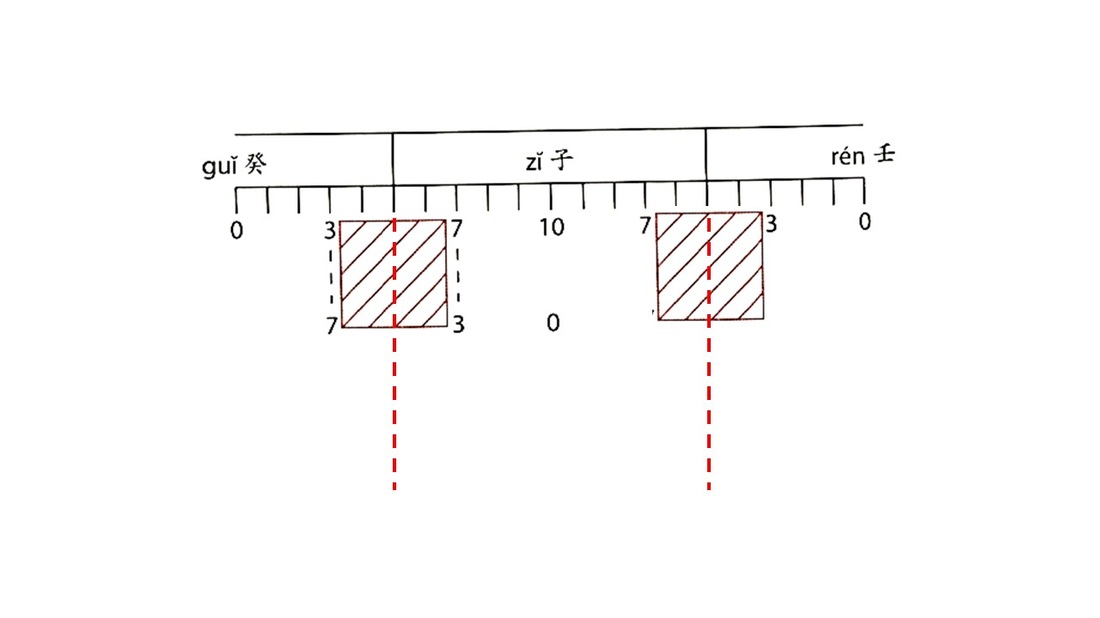
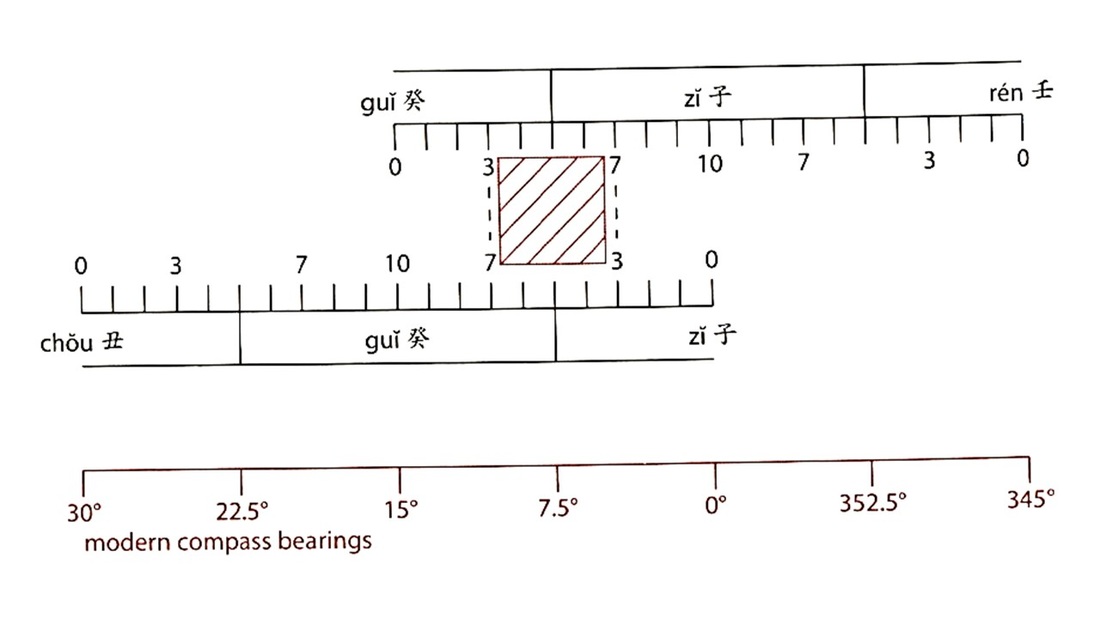
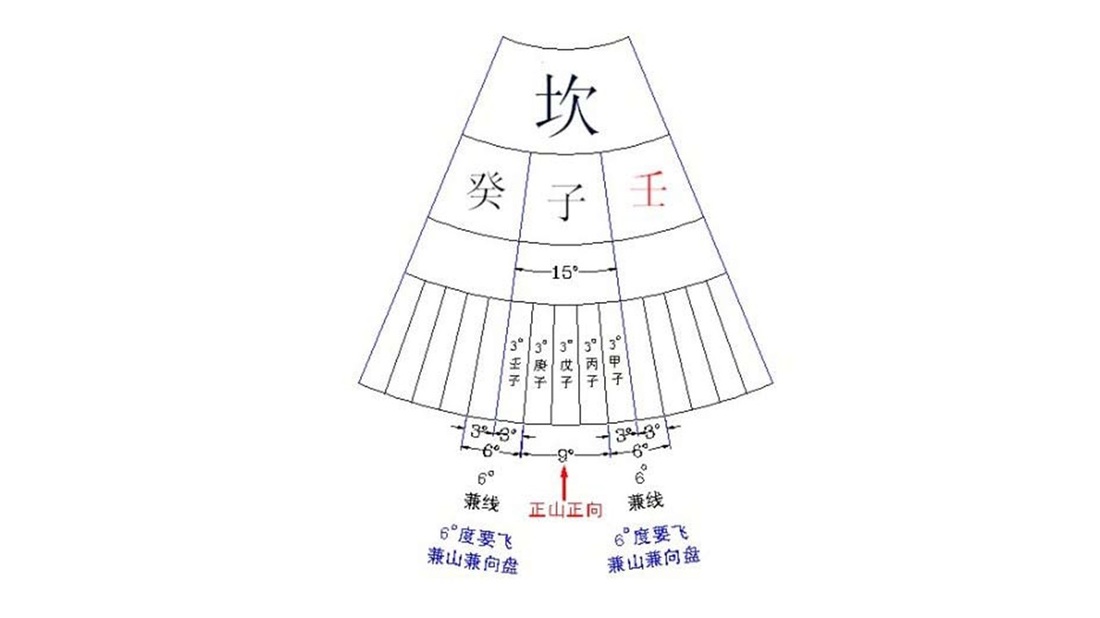
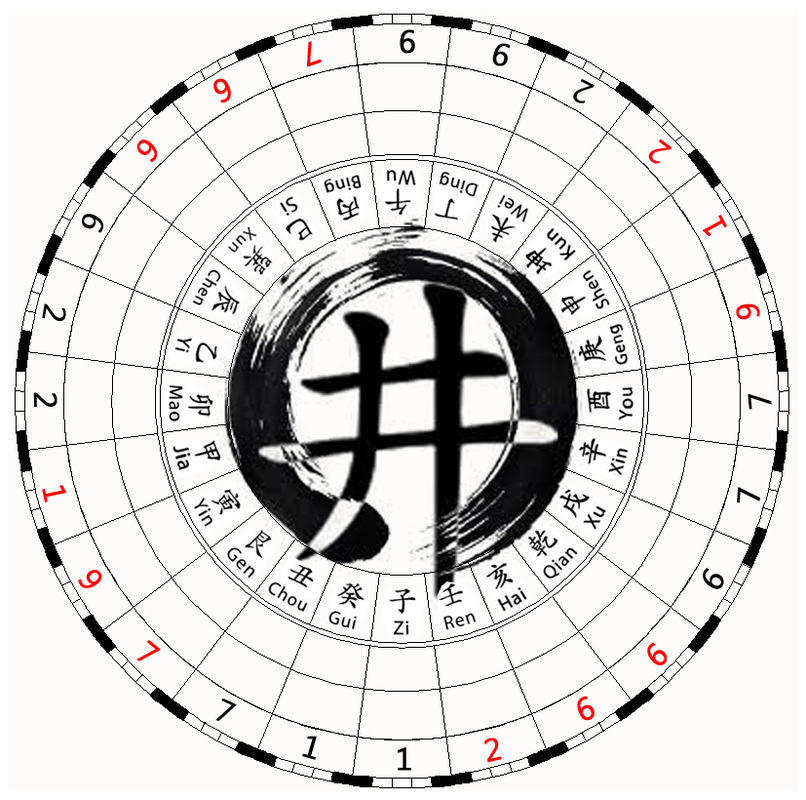
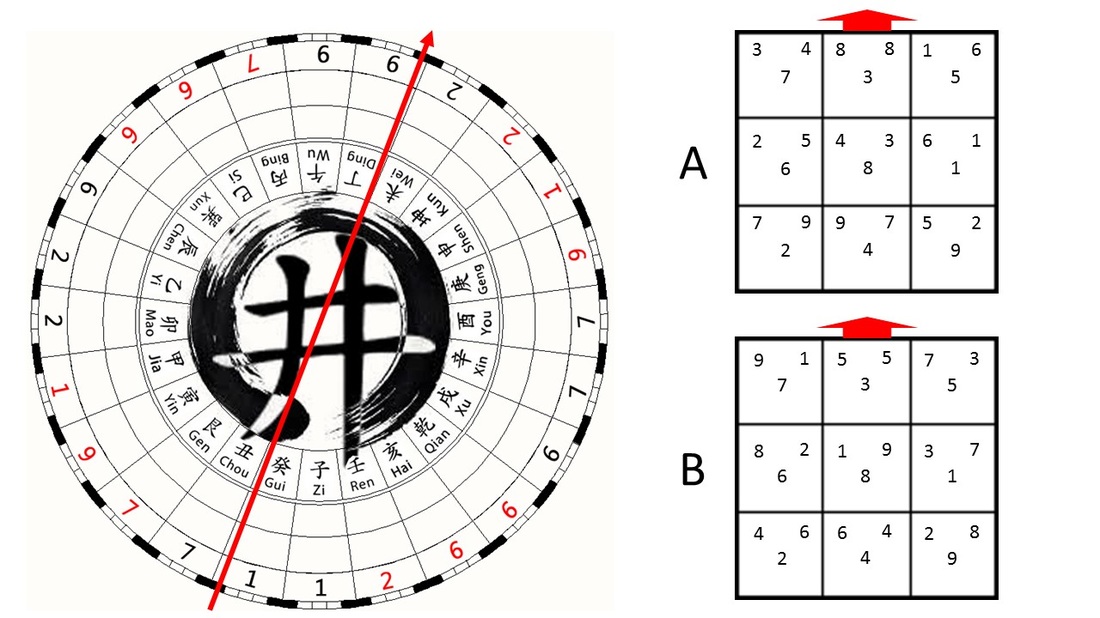
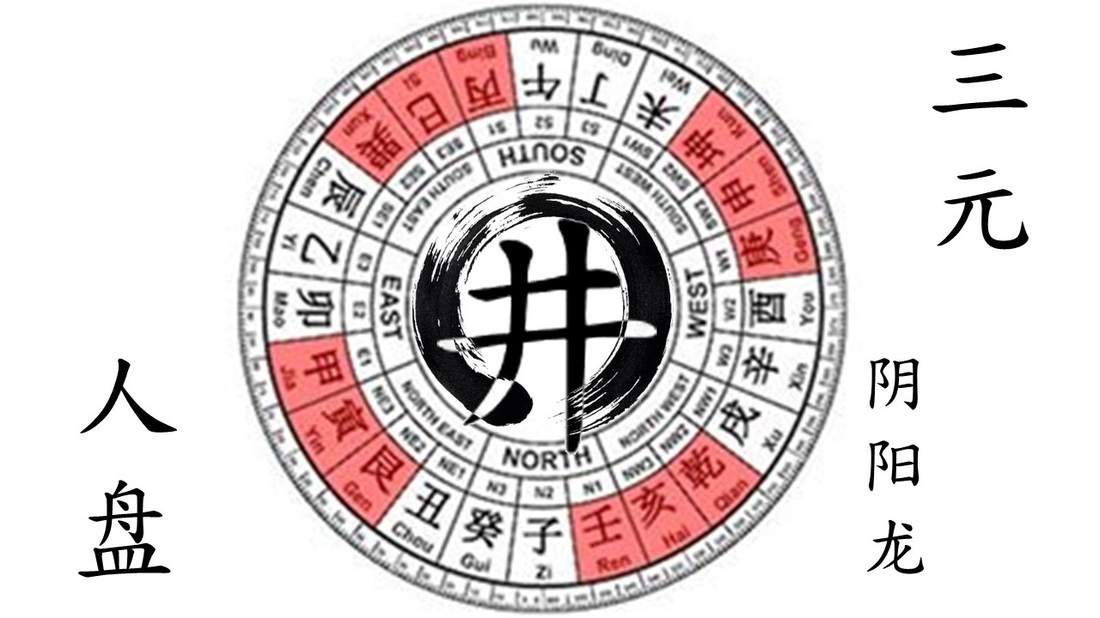
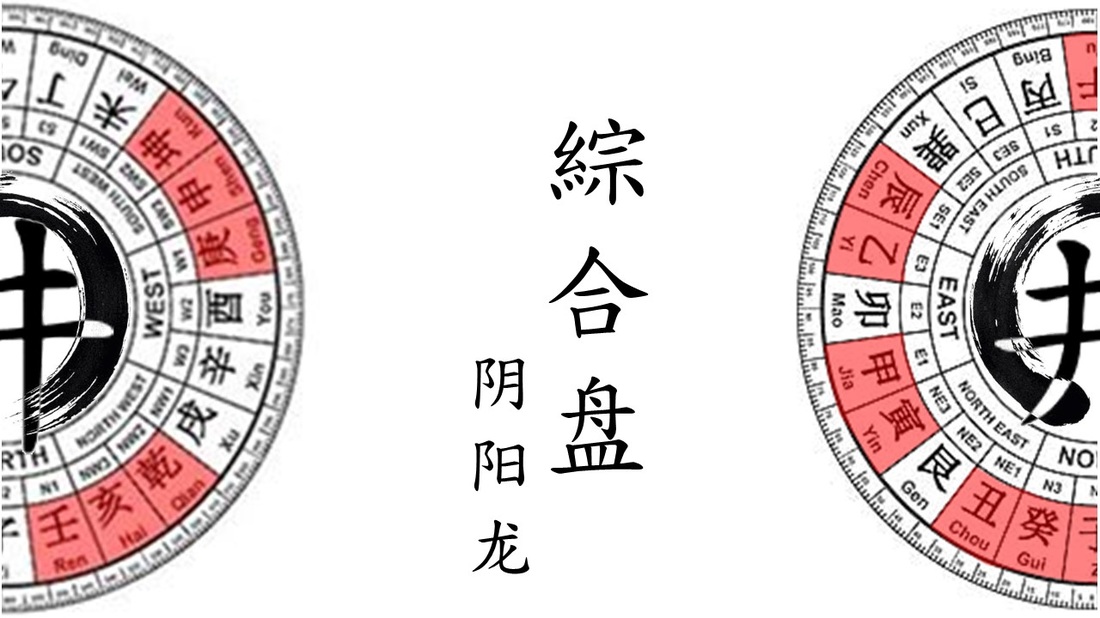
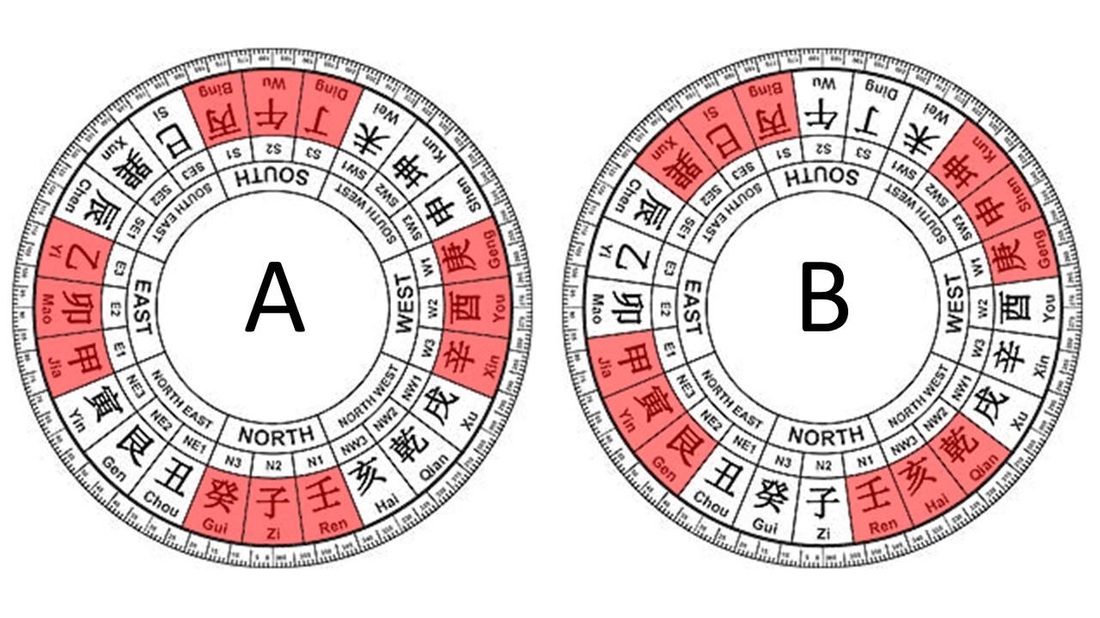
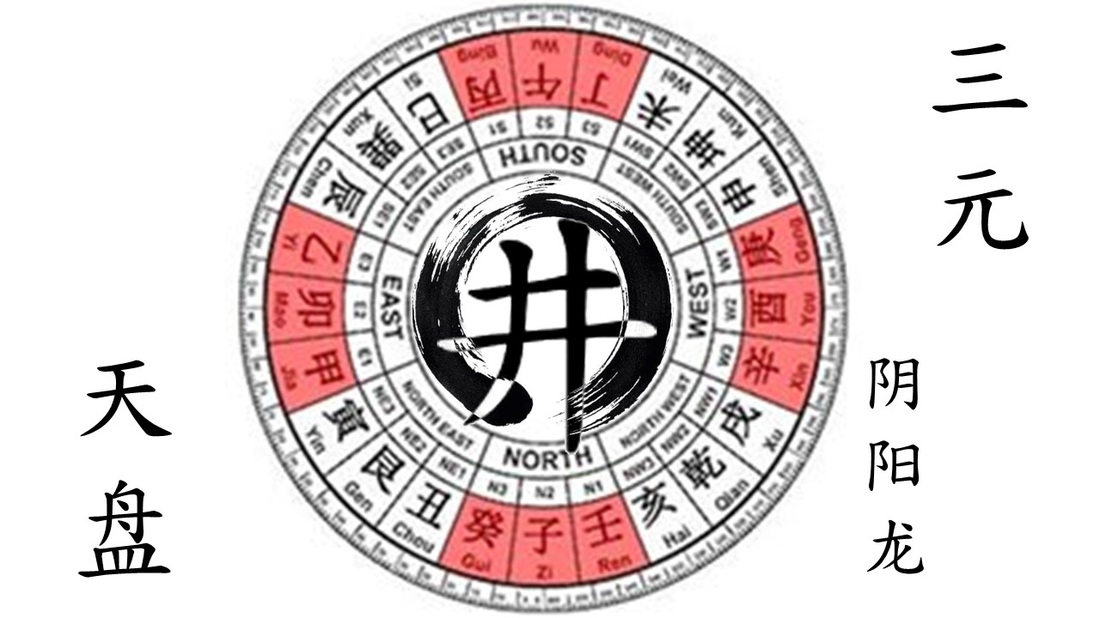
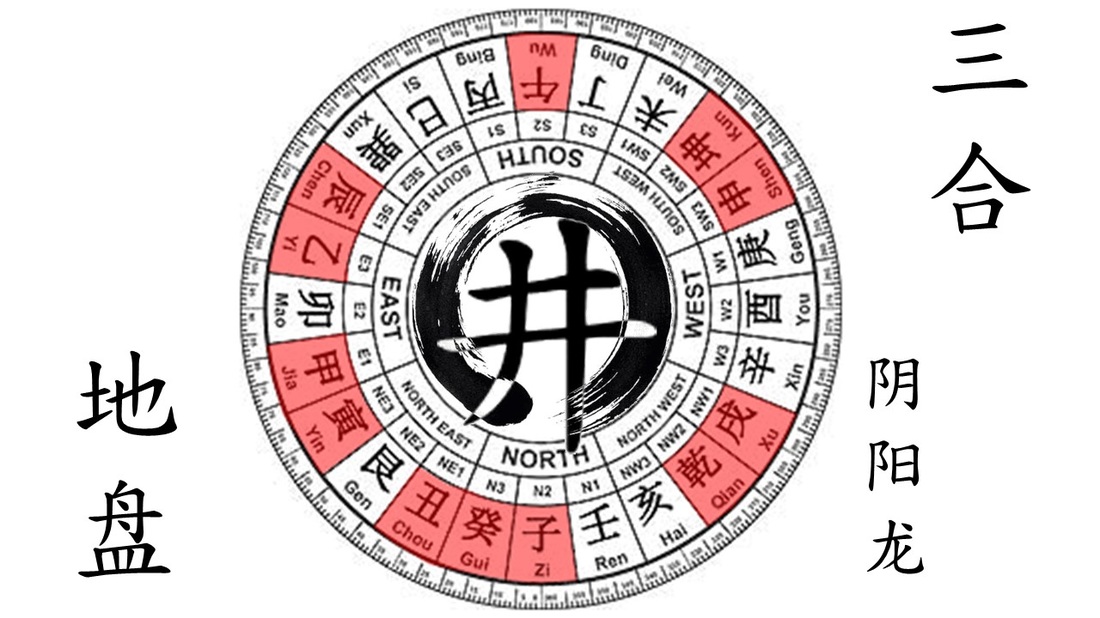
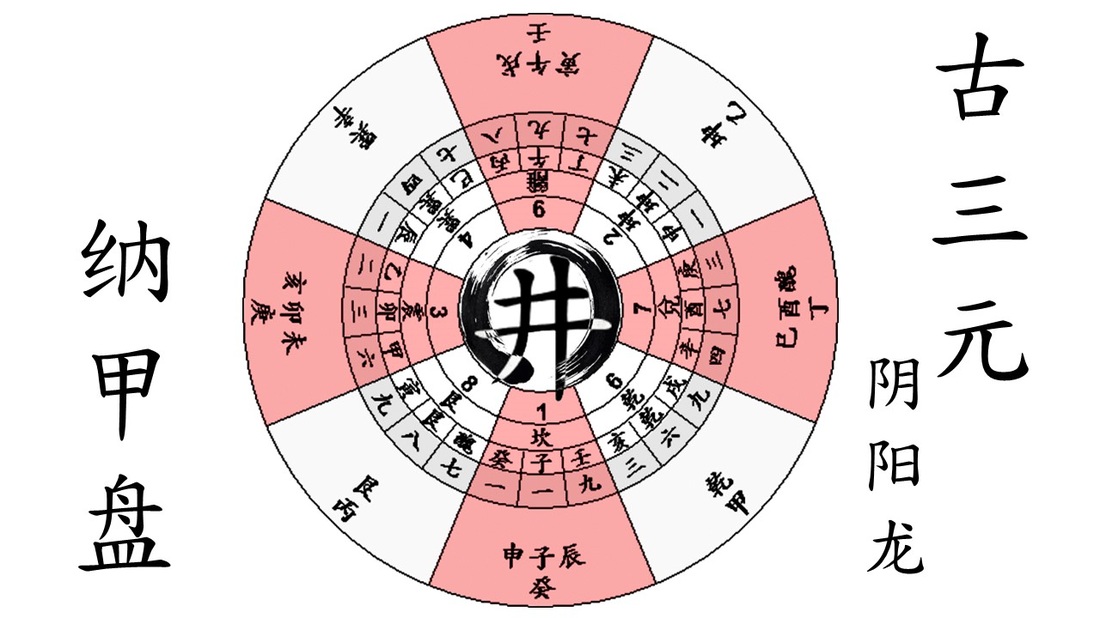



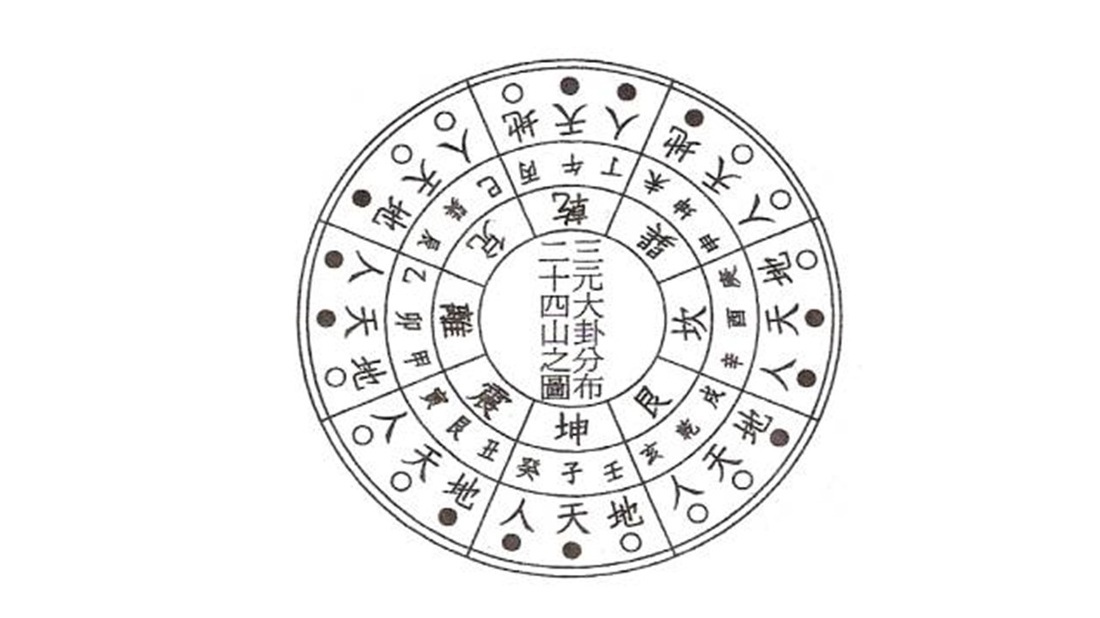
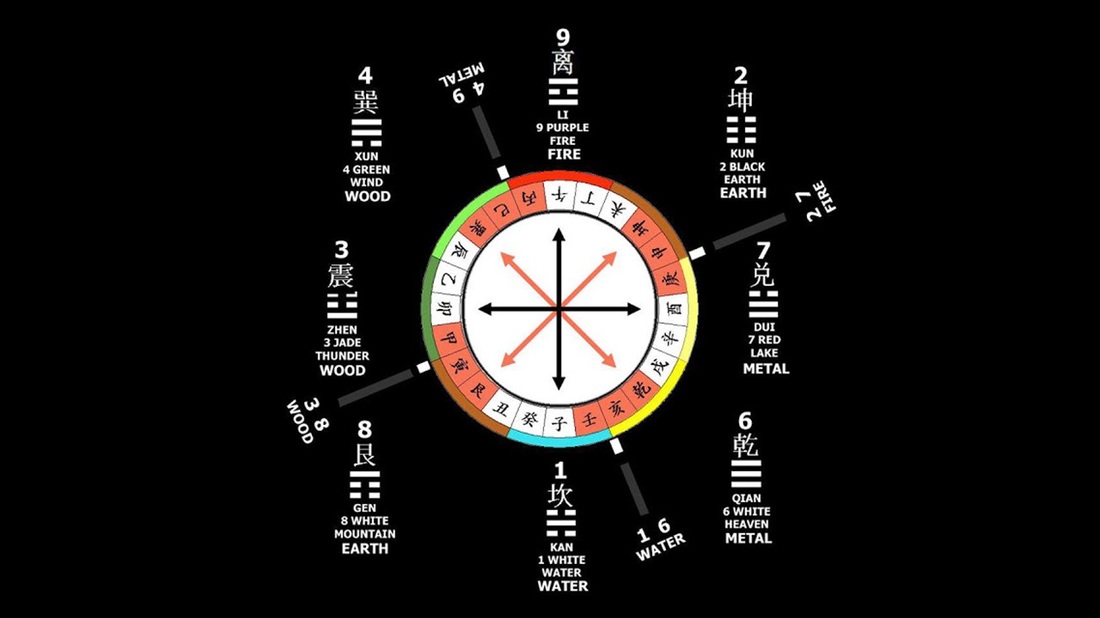
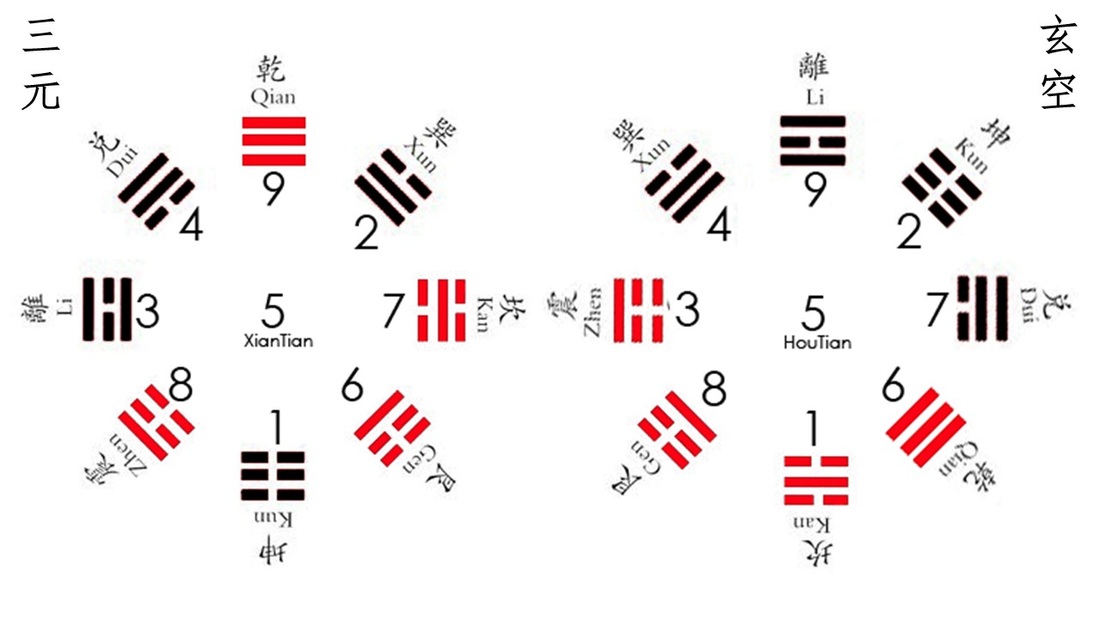
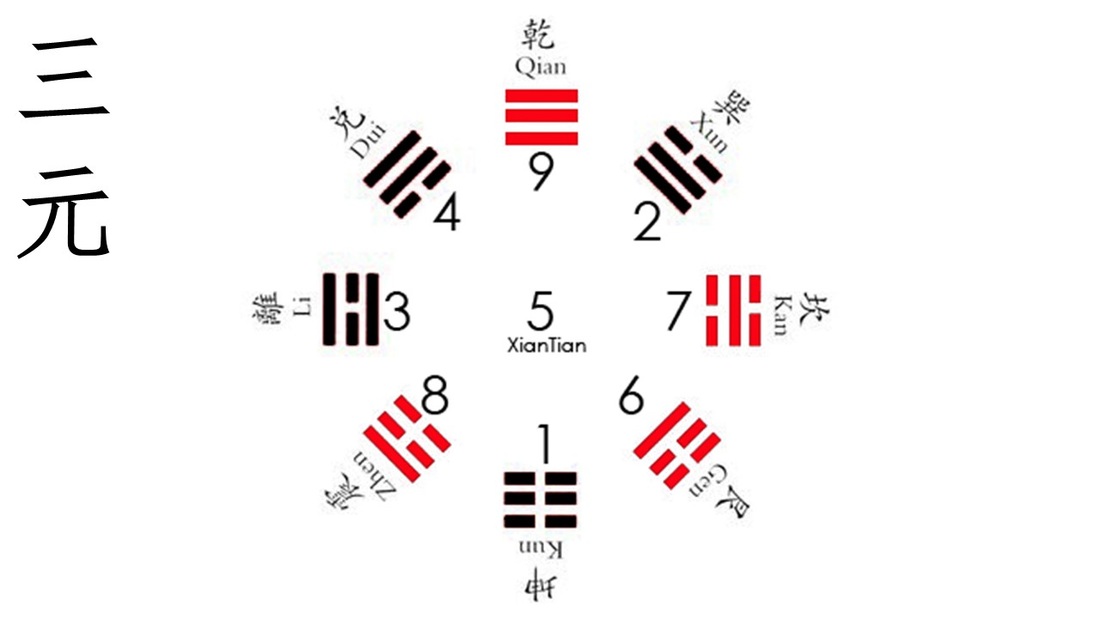
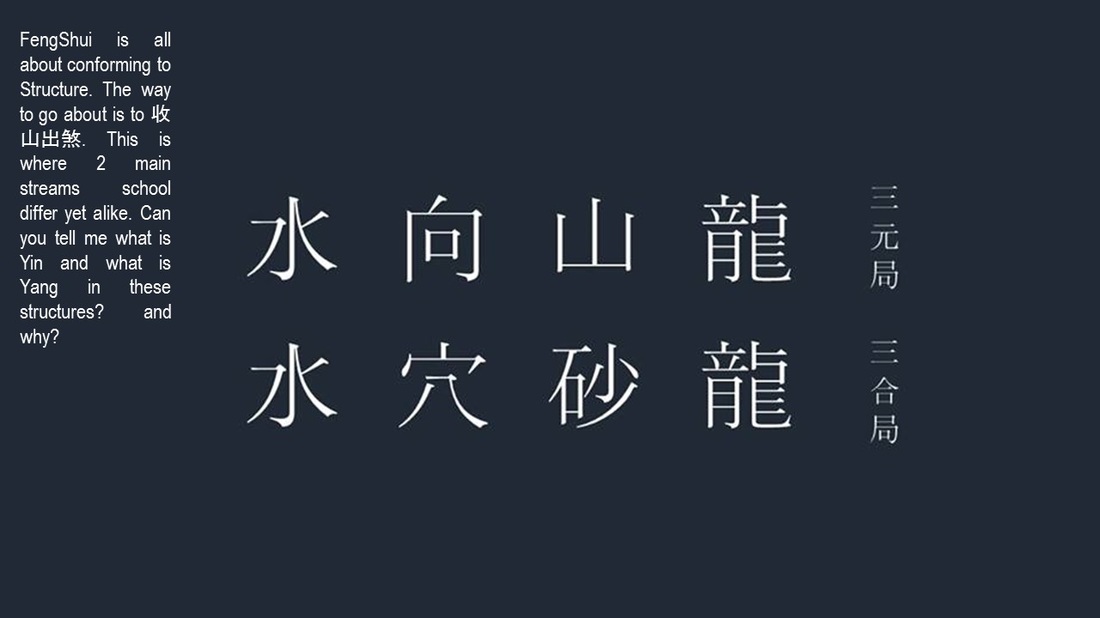
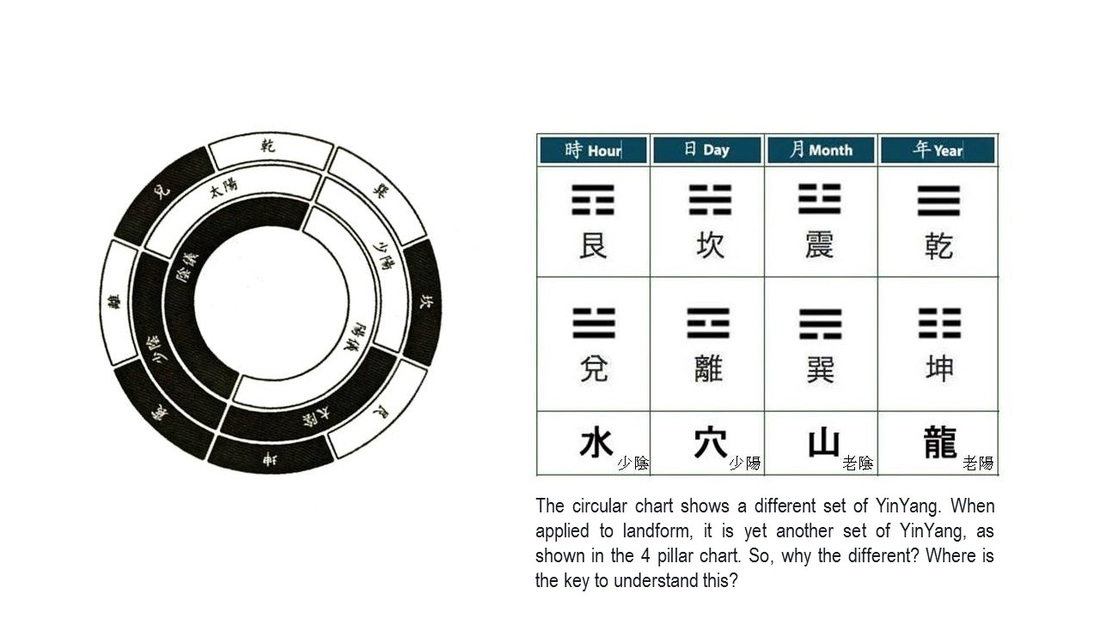
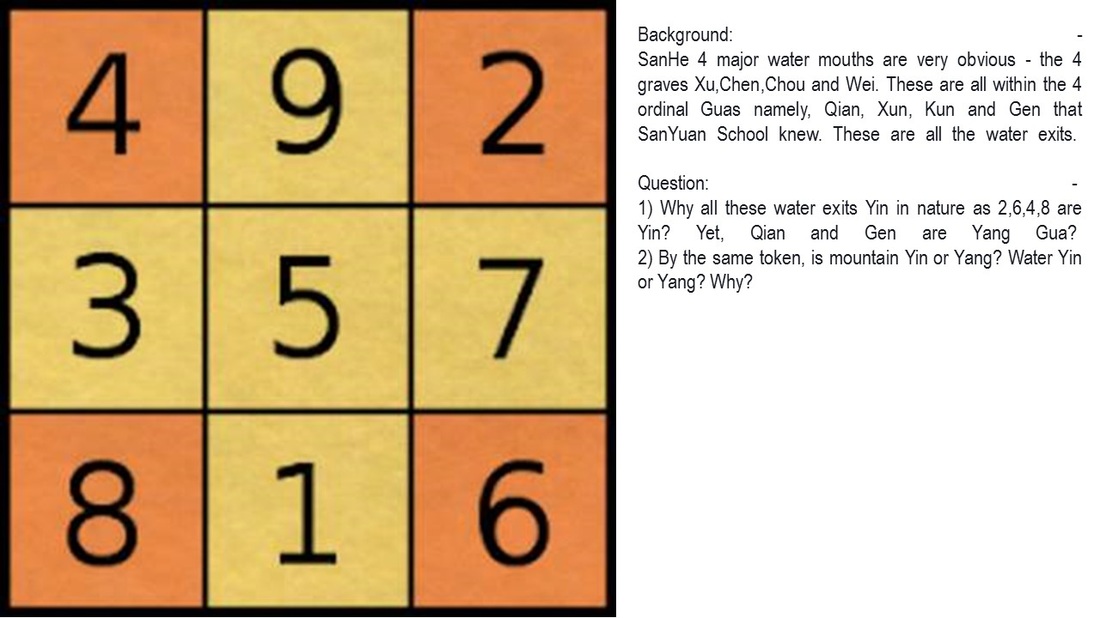


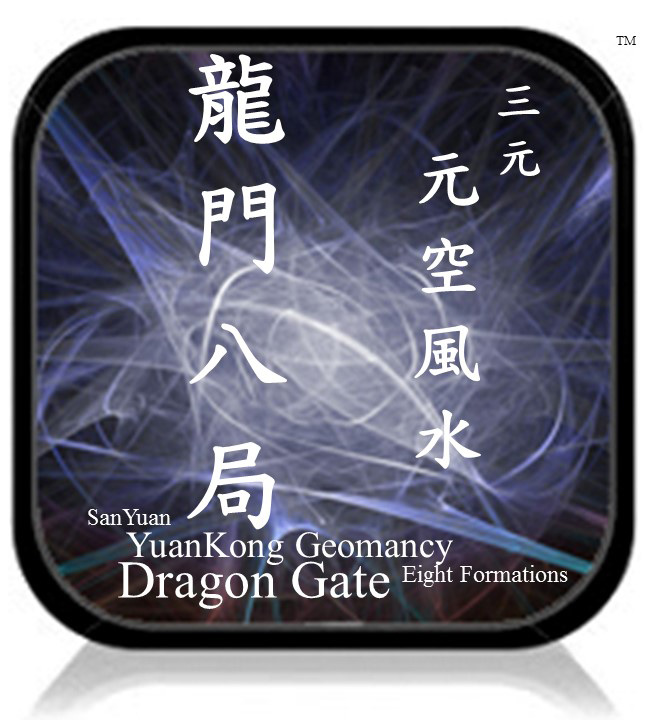
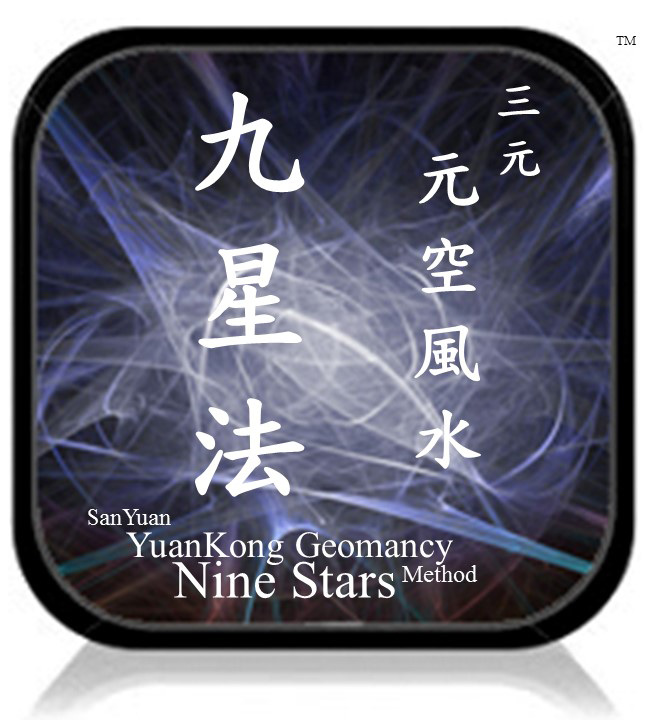
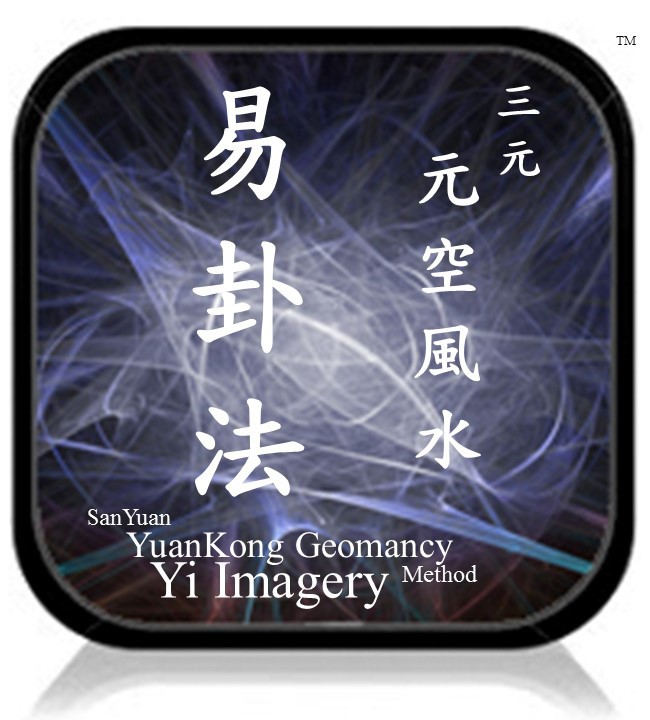

 RSS Feed
RSS Feed
